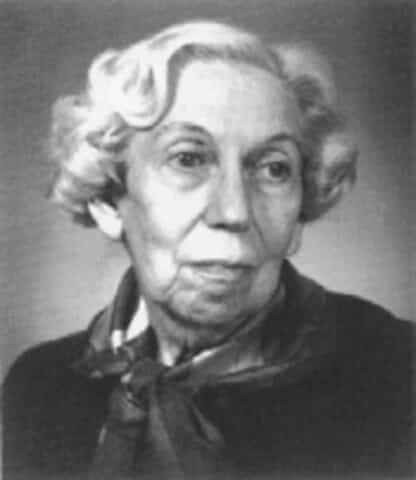
Eudora Welty inherited her love of literature from her mother and her love of photography from her father, who helped establish the first camera store in her home town of Jackson, Mississippi. Her mother, as related in the author’s memoir, even endangered her life during a house fire to save a collection of novels by Dickens.
Photographer and Writer of the Southern Experience
Before she became a published author, Welty held a one-woman show of her photographs that revealed her empathy for the kind of people that would become the subjects of her written works. During a period when African-Americans were not recognized, many of the subjects of her photography were African-Americans going about their daily lives.
Hired as a publicity agent in the 1930s for the Work Progress Administration, Welty traveled through rural Mississippi. She photographed and wrote press releases about the countryside and the condition of the people during the Depression. The creative writer saw up-close the small-town southern life that she wrote about in her stories.
The Writer Emerges in 1936
With the debut of the short story, “The Death of the Traveling Salesman,” in 1936, Welty displayed her original style of writing. A gardener and photographer, Welty captured transitory moments artfully in her writing. She wrote about a familiar world in the familiar surroundings of her family home, to which she returned after her father’s untimely death from cancer.
By 1941, Welty’s first collection of stories, “A Curtain of Green,” was published, and by 1955 she had composed most of the works upon which her reputation as one of America’s great writers rests. Writers today can learn from her observant details and sensitivity; the art of writing came naturally to Welty because of her passion for photography and her love of English language and literature.
In her prose, words describe scenes with the precision of a photographer’s eye for clarity and detail. Her gift for “verbal portraiture” as described by Danny Heitman in his article, “The Quiet Greatness of Eudora Welty,” is clearly evident to readers of any of her works.
Some critics have seen her only as a regionalist, depicting southern life of a certain period. Despite past criticism of how Welty handled racism, Harriet Pollock reveals the sensitivity with which Welty approached race and racism in her “Eudora Welty, Whiteness, and Race,” published by University of Georgia Press.
A great writer is a great teacher of how to write memorably for all who follow, and Eudora Welty is no exception. Her passion for photography informed the beauty and richness of her prose. She is a joy to read in any era.



